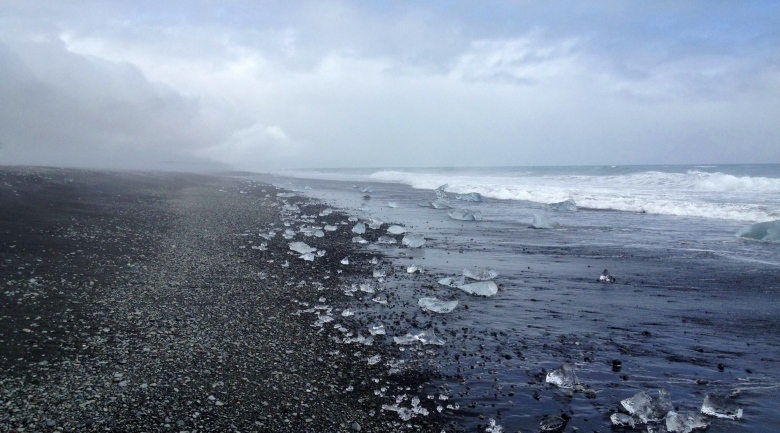
The world is experiencing a surge of water-related crises. The eastern basin of the Aral Sea dried up completely in August, for the first time in 600 years. California has experienced an unprecedented three-year drought. Demographic changes and unsustainable economic practices are affecting the quantity and quality of the water at our disposal.
Rapid urbanization is creating huge pressure on water use and infrastructure, with lasting consequences on human health and urban environments. These changes make water an increasingly scarce and expensive resource, especially for the poor, the marginalized and the vulnerable.
Demand for water is projected to grow by more than 40% by 2050. By 2025, an estimated 1.8 billion people will live in countries or regions in which water is scarce, and two-thirds of the world’s population could be living in conditions in which the supply of clean water does not meet the demand.
The picture is not entirely dark. Thanks to global mobilization behind the Millennium Development Goals, 2 billion people have benefited from access to improved water sources. Still, let us remember that 750 million people do not have access to safe drinking water.
Roughly 80% of wastewater is discharged untreated into oceans, rivers and lakes. Nearly 2 million children under the age of 5 die every year for want of clean water and decent sanitation. One billion people in 22 countries still defecate in the open. Two and a half billion people do not have adequate sewage disposal.
